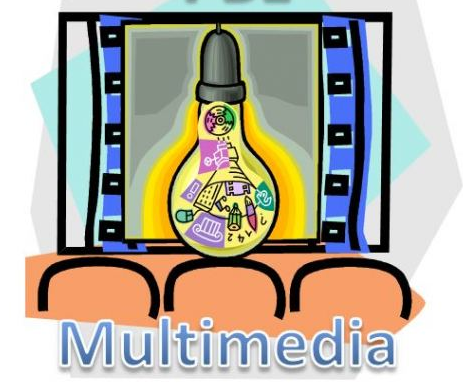
Good communication involves an awareness of creating something for someone else, the ability to consider the needs of particular audiences and to communicate potentially complex ideas with clarity and lucidity. It can involve choosing appropriate formats, tools and media and thinking about the specific impact of those formats, tools and media and how they can be used to
represent meaning.
People also need to think critically about how meaning is represented by different media and how this relates to cultural, social and political values. They need to consider the type of media they are using and which is best for the task they have been given, e.g, they may be excited at the thought of making a podcast, may not be the most suitable tool for the task. However, if the information they are trying to convey is particularly visual, then a podcast is not a suitable media.
Tips for “not the usual sort of PowerPoint”
It is helpful to give students tips to support their use of PowerPoint:
- Avoid using a large body of text on a slide.
- Always repurpose information and put it into your own words; don’t just copy and paste.
- PowerPoint should be used to support your presentation; it is not the main part of your presentation.
- Don’t read from slides but use them to show supporting information.
- Think carefully about color schemes – some colors can help to make information stand out, other colors will be hard to see.
- Carefully consider the images you include and the meanings they infer.
- Don’t use too many slides.
5 Tools Students Can Use to Create Alternative Book Reports
Having students create book trailers is an excellent alternative to traditional book report projects. A great place to find examples of book trailers is Book Trailers for Readers.- Animoto makes it possible to quickly create a video using still images, music, video clips, and text. If you can make a slideshow presentation, you can make a video using Animoto. Animoto's free service limits you to 30 second videos. You can create longer videos if you apply for an education account.
WeVideo is a collaborative online video creation tool. In the video editor you can upload your own media clips or use stock media clips to produce your video. The video editor provides tools for trimming the length of display and or sound of each element you add to your video project. What makes WeVideo collaborative is that you can invite other people to create and edit with you. The WeVideo Google Drive app allows you to save all of your video projects in your Google Drive account. WeVideo also offers an Android app that students can use to capture images and video footage to add to their projects.
Pixntell is an iPad app for quickly creating simple narrated photostories. To create a story using Pixntell all that you need to do is start a new project, select some images, place them in order, and then start talking about each of your pictures. You control the timing for each image. If you want to talk about your first picture for twenty seconds, your second picture for just three seconds, and your third picture for fifteen seconds, you can do that. When your project is complete you can upload it directly to YouTube, share it on Facebook, or send to friends via email.
Narrable is a neat service for creating short narrated slideshows. To create an audio slideshow on Narrable start by uploading some pictures that you either want to talk about or have music played behind. After the pictures are uploaded you can record a narration for each picture through your computer's microphone or by calling into your Narrable's access phone number. You can also upload an audio recording that is stored on your computer. Narrable projects can be shared via email, Facebook, or by embedding them into a blog.
Wideo is a service that allows anyone to create animated videos and Common Craft-style videos online. You can create an animated video on Wideo by dragging and dropping elements into place in the Wideo editor then setting the sequence of animations. Each element can be re-used as many times as you like and the timing of the animation of each image can individually adjusted. Wideo's stock elements include text, cartoons, and drawings. You can also upload your own images to use in your videos. Wideo could be used by students to animate the highlights of a book that they've read.